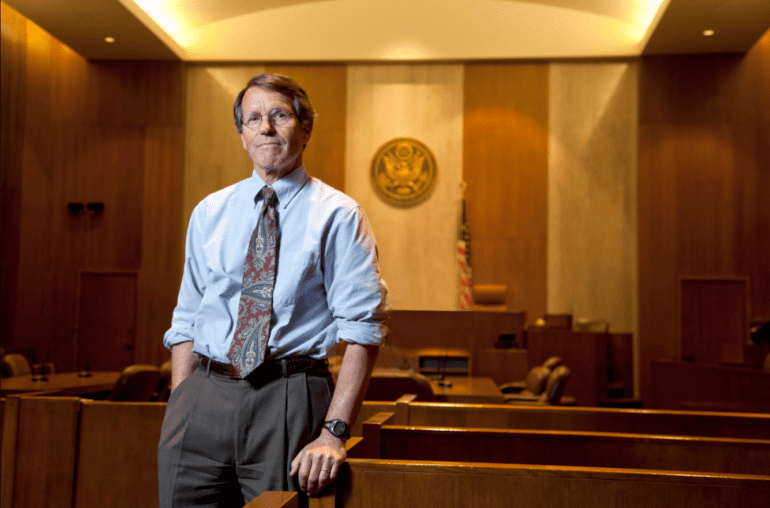TL;DR:
- US District Judge William Orrick is inclined to dismiss parts of a lawsuit filed by artists against AI companies, but allows them to submit a new complaint.
- Judge Orrick emphasizes the need for the artists to clearly state and differentiate their claims against Stability AI, Midjourney, and DeviantArt.
- The artists are required to provide more factual evidence regarding alleged copyright infringement due to their access to Stability AI’s relevant source code.
- The judge acknowledges the likelihood of illustrator Sarah Andersen’s claim against Stability AI surviving the initial bid for dismissal.
- This hearing provides insight into how courts may handle the wave of lawsuits against companies accused of misusing material to train AI systems.
- The lawsuit alleges that Stability AI scraped images from the internet to train its text-to-image system, infringing upon the artists’ copyrights.
- Midjourney and DeviantArt, incorporating the same technology, are also named as defendants.
- Uncertainty remains regarding whether the artists accuse the two companies of copyright infringement or train their systems in an infringing manner.
- Judge Orrick doubts the artists’ claim that the AI systems’ output images violate their copyrights, citing the absence of substantial similarity.
Main AI News:
In a recent hearing held in San Francisco, US District Judge William Orrick expressed his inclination to dismiss a substantial portion of a lawsuit filed by a group of artists against generative artificial intelligence (AI) companies. However, he has allowed the artists the opportunity to file a new complaint, provided they address certain issues outlined by the judge.
Judge Orrick has called for greater clarity and differentiation in the artists’ claims against Stability AI, Midjourney, and DeviantArt. He believes that the artists should articulate their allegations more precisely and provide additional factual evidence related to the alleged copyright infringement, particularly since they have access to Stability AI’s relevant source code.
Orrick highlighted that without further substantiation, it appears implausible that the artists’ works have been directly involved in the AI systems’ output. Notably, these systems have been trained on an extensive dataset comprising approximately five billion compressed images.
However, the judge did express that illustrator Sarah Andersen’s claim against Stability AI, alleging direct infringement of her registered copyrights, is likely to withstand the company’s initial bid for dismissal.
This court hearing offers an initial glimpse into how judges may approach the surge of lawsuits targeting companies accused of utilizing vast amounts of material to train their AI systems. The proposed class action represents one of the numerous recent legal actions filed against prominent companies, including Microsoft, Meta, and OpenAI, pertaining to the use of content in training AI systems within the rapidly expanding generative AI domain.
According to Andersen, Kelly McKernan, and Karla Ortiz, who filed the lawsuit in January, Stability AI “scraped” billions of images from the internet to train its Stable Diffusion text-to-image system, enabling it to create its own images, some of which imitate the artists’ distinctive styles. The artists contend that Stability AI infringed upon their copyrights by utilizing their work without permission.
Additionally, Midjourney and DeviantArt, which incorporate Stable Diffusion technology into their generative AI systems, have been named as co-defendants. Judge Orrick has noted that it remains unclear whether the artists are accusing these companies of copyright infringement through their usage of Stability AI’s model or by training their own systems in an infringing manner.
Furthermore, the judge has expressed doubt regarding the artists’ claim that images generated by the AI systems, based on text prompts using their names, violate their copyrights. He stated that there is currently no substantial similarity between the artists’ original creations and the output images produced by the AI systems.
Conclusion:
This ruling by Judge Orrick highlights the challenges faced by artists in their lawsuits against AI companies. The need for clear articulation of claims, factual evidence, and differentiation between defendants underscores the complexities of copyright infringement in the context of generative AI. The outcome of this case, along with others in a similar vein, will have significant implications for the evolving generative AI market, shaping the industry’s future practices and legal considerations.

